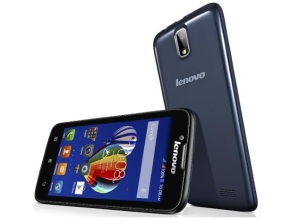Xiaomi Mi 4 and Redmi Note to land in India within 60 days
13 OCTOBER, 2014
Xiaomi has so far had great success in India, where it’s been holding weekly flash sales for a while. However, the only two devices that the company has offered Indian buyers until now have been the Mi 3 and the Redmi 1S.
Things will change soon, thankfully. Both the Mi 4 (pictured below), the Chinese smartphone maker’s current flagship handset, as well as the Redmi Note, its first phablet, could become available in India within the next two months.
The information comes from Hugo Barra, Xiaomi’s VP for international markets, so it’s as official as it can be. Keep in mind though that things can change, and a specific release date hasn’t been set for either device.
Also, the Mi 4 won’t arrive in India before December. Xiaomi’s other products, including the Mi Pad tablet and the Mi TV, are only going to reach the subcontinent in 2015. The Mi 3, on the other hand, won’t be sold again.





